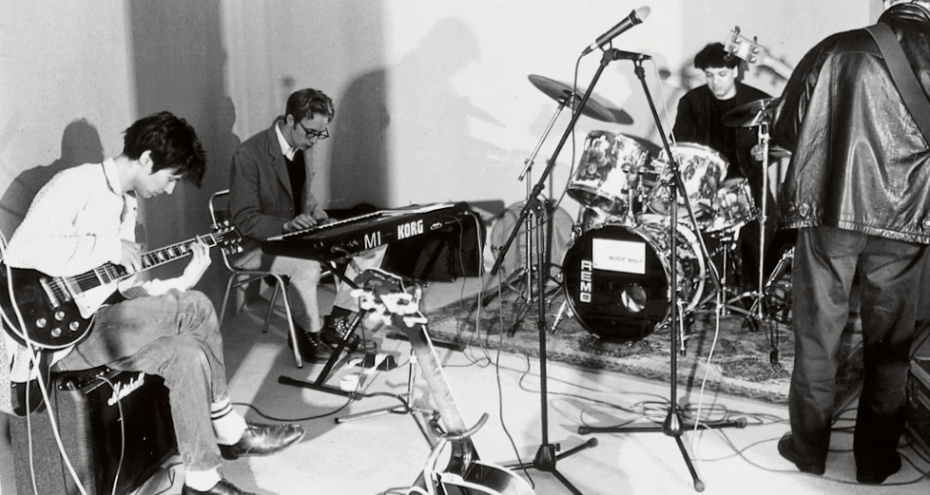
Past Event
Foundation
Rirkrit Tiravanija: JOUEZ/PLAY
November 3 → March 10, 2024
The PHI Foundation is pleased to present JOUEZ/PLAY, a solo exhibition by artist Rirkrit Tiravanija
Theme: Resonance
In this essay, we reflect on Rirkrit Tiravanija’s installation untitled 1996 (rehearsal room no. 6) (2023) through the theme of resonance. This piece is a good example of how the artist circumvents the idea of creating sacred objects for display on a pedestal or a wall. Instead, he favours the creation of places for people to meet and spaces for social interaction where the public can take part in one or more actions that activate and complete the work.
Indeed, the title of the exhibition, JOUEZ/PLAY, evokes this element of participation and collaboration. Tiravanija invites us to explore the theme of play and leisure in a variety of ways. Participation becomes more accessible through play: everyone instinctively knows how to play with something, and in this case, the focus is on playing with sound and music as a way of connecting with people.
These types of relationships often rely on resonance. Resonance can be thought of in two ways: as a sonic and musical phenomenon, or as having a social dimension.
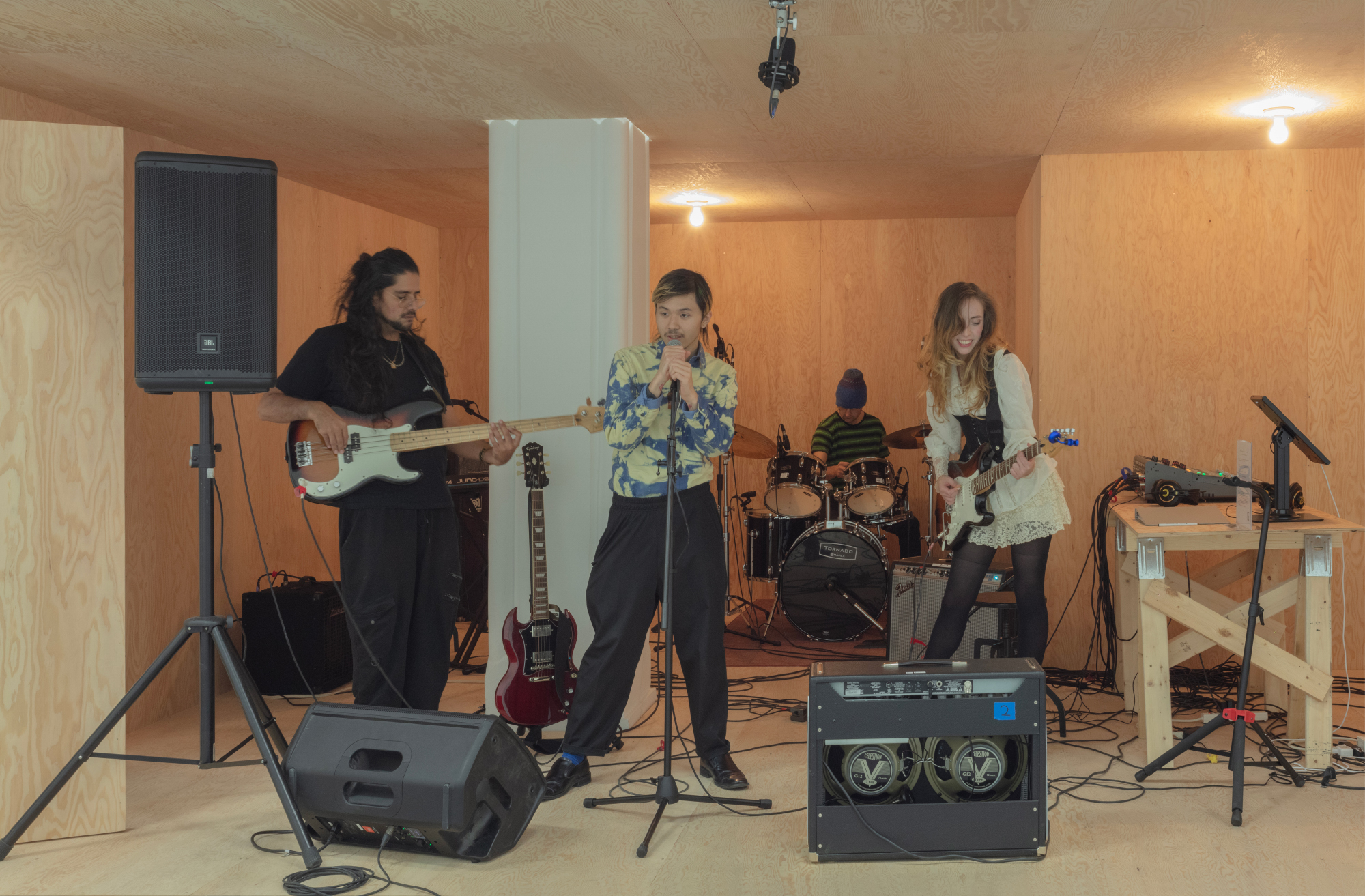
If we consider the latter, Tiravanija’s intention with this work is to provide Montréal bands with free access to a rehearsal space. For years, untitled 1996 (rehearsal room no. 6) has been shown in venues around the world, offering the same invitation each time. Participants can record their on-site rehearsals and listen to previous recordings by other groups, transporting them through time and across the globe. In this way, all of these bands are like centres of vibration in a kind of space-time relationship with each other.
Through this installation, resonant social relationships weave themselves not only between seasoned musicians, but also with the general public. Anyone can come and play these instruments in an improvised way. The work becomes the very incarnation of the idea that music is a space for sharing and conviviality. Sound and music are the driving mediums of celebrations and gatherings.
Inside the rehearsal studio, we quickly notice that visitors spontaneously engage in affective, playful, and exploratory relationships, sometimes with friends, but also with strangers who happen to be there.
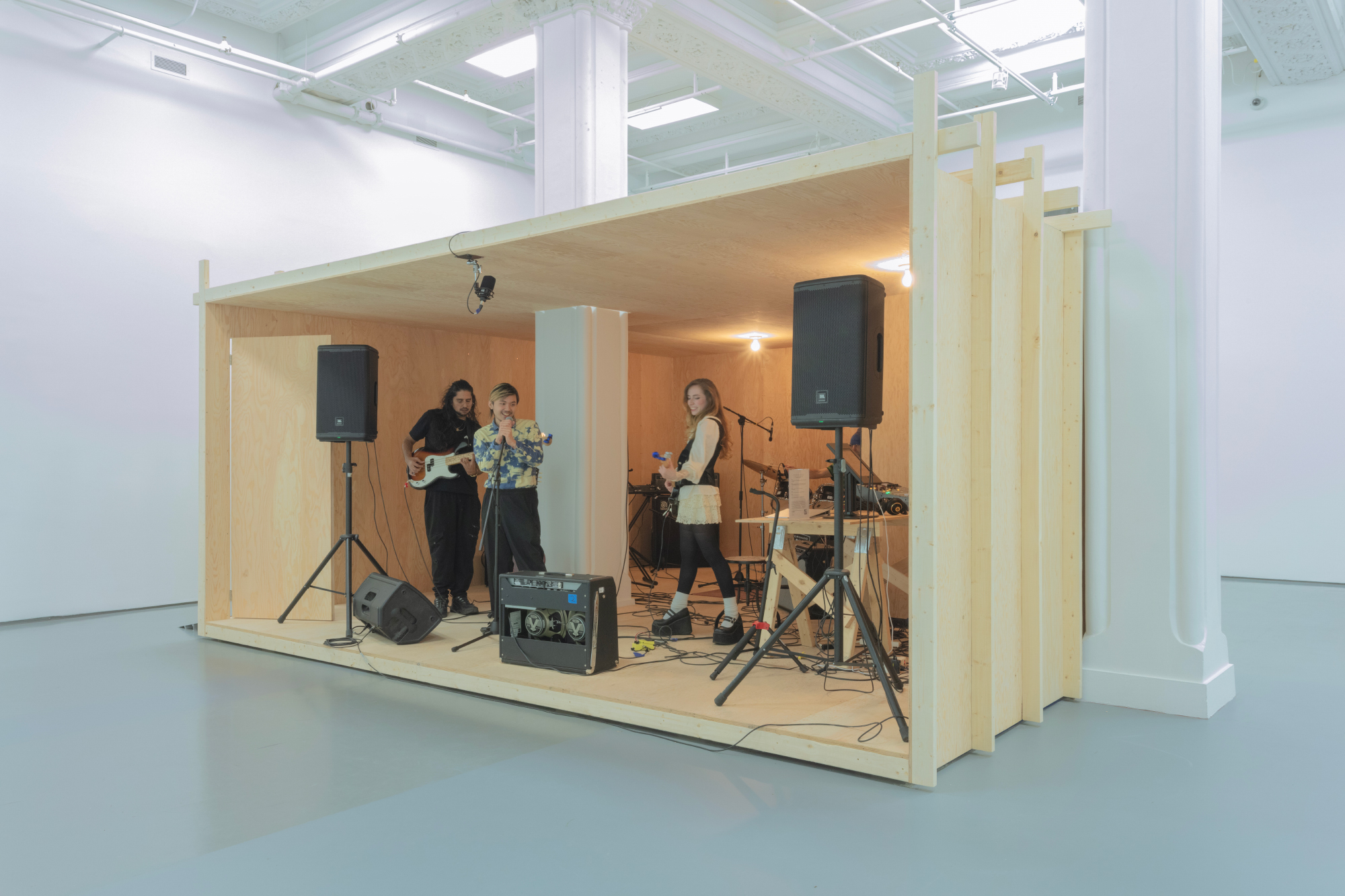
The installation breaks with conventional and classical music patterns to transform our relationship to the rehearsal studio and the concert hall. The public is typically passive in a hall, but the opposite is true in this installation. Visitors are not only spectators, they are an integral part of the work. It is through their actions that the work becomes complete.
A reversal also occurs within the rehearsal studio or jam space—this intimate, quasi secret space where musicians produce their final product: an album. Here, that space is on public display, and as such, our preconceived ideas about music composition are overturned.
Installed, in the middle of the gallery, this sometimes chaotic and noisy sound box shakes up the conventional notion of the museum as Temple; a silent, elitist, white-walled space that feels cold and unwelcoming. Like the traditional concert hall, this type of space induces passivity. We immediately sense a certain timidity and cautiousness from viewers who know they cannot touch the artworks.
By contrast, through collaborative play with sound and music, Rirkrit Tiravanija’s installation allows people to express subversive behaviour within the institution and carry this sense of boldness into their daily lives as they leave the Foundation.
We invite you to explore untitled 1996 (rehearsal studio no. 6) (2023) through a game of sonic conversation.
Each person is invited to follow our creative suggestions and choose an instrument to play based on a proposed theme or prompt from the next section. The conversation can be in musical form, but this is optional. It can also be completely abstract and exploratory.
The first person starts off by playing one of the proposed instructions on an instrument. Then, others may respond with another musical version of the theme to keep the dialogue going. The conversation can be prolonged organically by linking one set of instructions to the next.
The following are a few potential instructions:
Reproduce the sound of a fond memory
Imitate the sound of a colour
Recreate the sound of a natural element
Change the role of an instrument
What is the sound of dawn?
Of dusk?
The experience can also include the creation of a graphic score, a kind of musical notation that uses non-traditional symbols and textual indicators to describe how a musical piece should be played and performed.
You can represent your different answers on paper using symbols for time, space, and sound. See the example below.
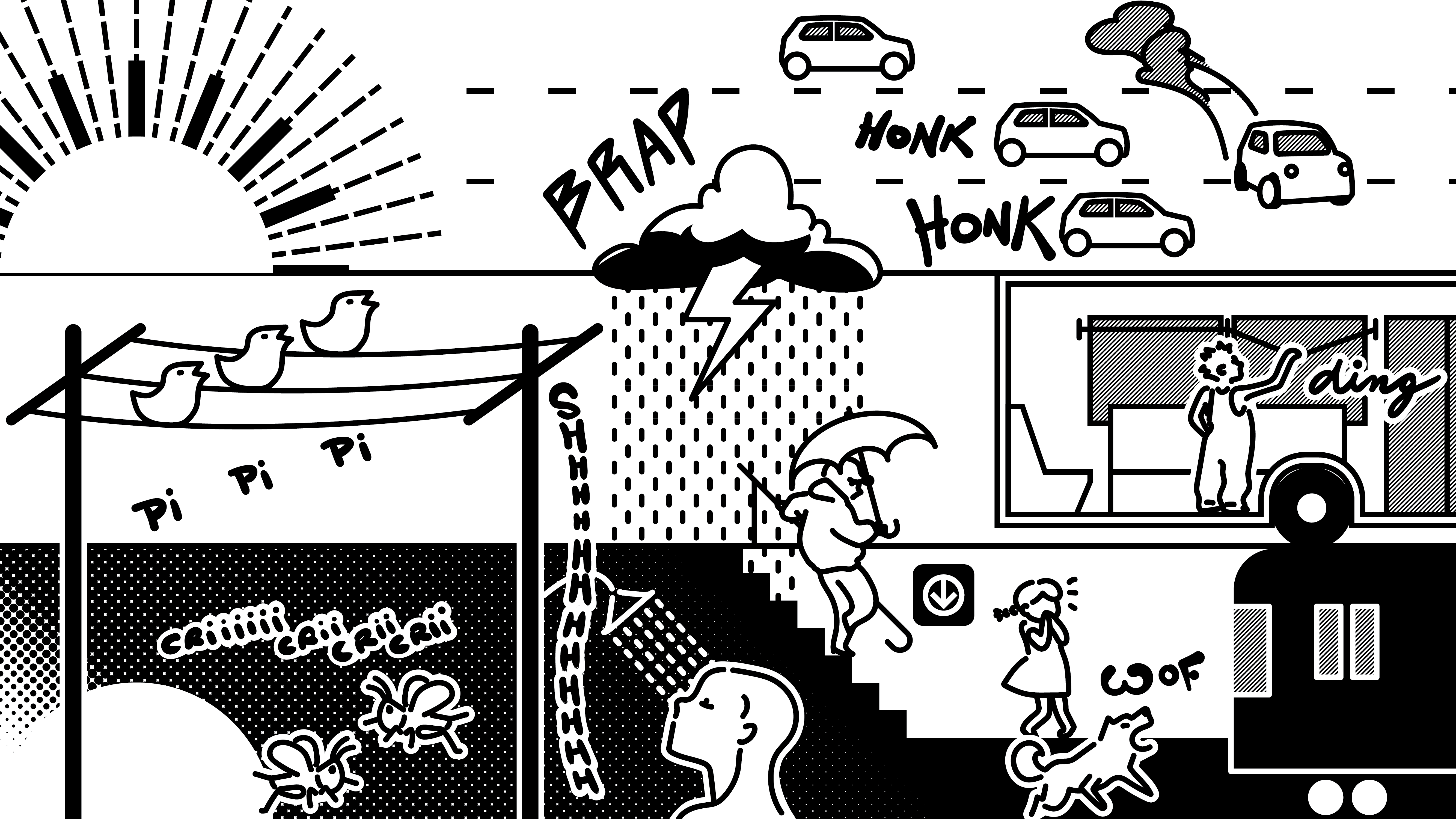
Movements: Rirkrit Tiravanija is a tool designed by the PHI Foundation’s Department of Education to encourage visitors to develop and elaborate on some key concepts of the exhibition Rirkrit Tiravanija: JOUEZ/PLAY.
Authors
Marie-Hélène Lemaire
Marie-Hélène Lemaire is Head of Education at the PHI Foundation for Contemporary Art. She holds an M.A. in Museum Studies at UQÀM (Université du Québec à Montréal), as well as a Ph.D. in Communications Studies at Concordia University that focuses on developing a movement-based pedagogy for guided group visits in contemporary art exhibitions. Using a feminist pedagogy of embodiment, new materialist and poetic inquiry approaches, she aims to privilege and validate somatic, sensorial, haptic and affective engagements with contemporary art. She also nurtures a poetic writing practice for developing, facilitating, and interpreting the education program at the PHI Foundation, as well as to express her own personal aesthetic engagements. She has published in The Journal of Museum Education (2021), the Canadian Review of Art Education (2021), and Muséologies (2018). She is author of a chapter in the forthcoming book Art Education in Canadian Museums: Practices in Action (Intellect, July 2024).
Marilou Lyonnais Archambault
Marilou Lyonnais Archambault is a multidisciplinary artist and educator with a bachelor's degree in visual and media arts education from UQAM, and is currently completing an MFA in Intermedia at Concordia University. Her artistic practice offers reflective work on subjects such as memory, the digital condition, the living, and liminal spaces. Her approach brings together sound, music, installation, still and moving images.
A musician with the duo Saudade, she has given several performances on boreal soil and, for over half a decade, has hosted a radio show (n10.as) based on a blend of abstract rhythms, nostalgic dance music and hazy atmospheres. She is a frequent DJ at various city events.
The artist has performed at festivals such as Suoni Per il Popolo, MUTEK, FIMAV, Piknic Electronik, Sight & Sound, and exhibited at Montréal cultural institutions; PHI Centre, Eastern Bloc, Never Apart. Her work has been supported by the Canada Council for the Arts.

Past Event
Foundation
The PHI Foundation is pleased to present JOUEZ/PLAY, a solo exhibition by artist Rirkrit Tiravanija

Past Event
Foundation
The PHI Foundation is pleased to present JOUEZ/PLAY, a solo exhibition by artist Rirkrit Tiravanija
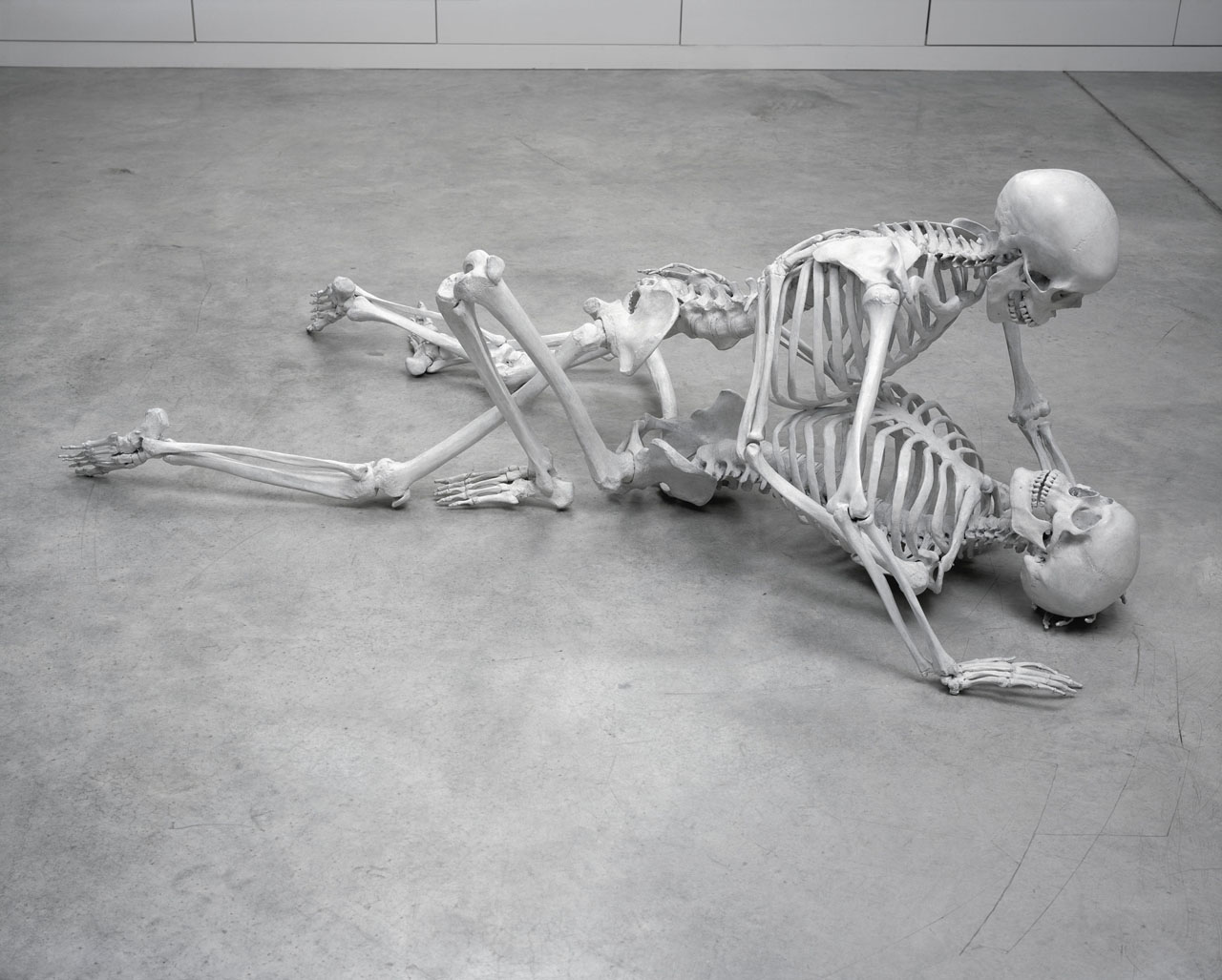
Foundation
Gathering over forty recent works, DHC/ART’s inaugural exhibition by conceptual artist Marc Quinn is the largest ever mounted in North America and the artist’s first solo show in Canada
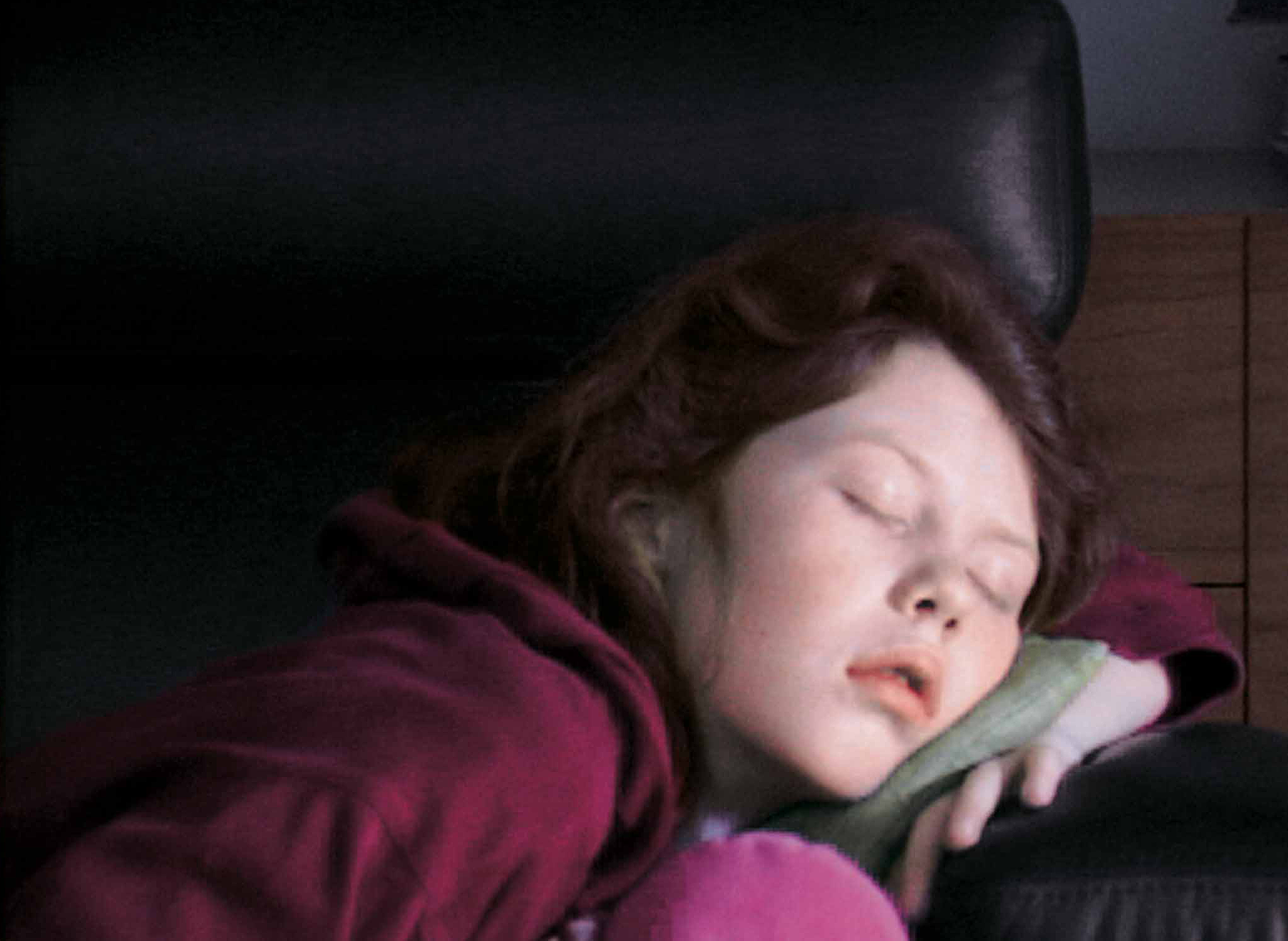
Foundation
Six artists present works that in some way critically re-stage films, media spectacles, popular culture and, in one case, private moments of daily life
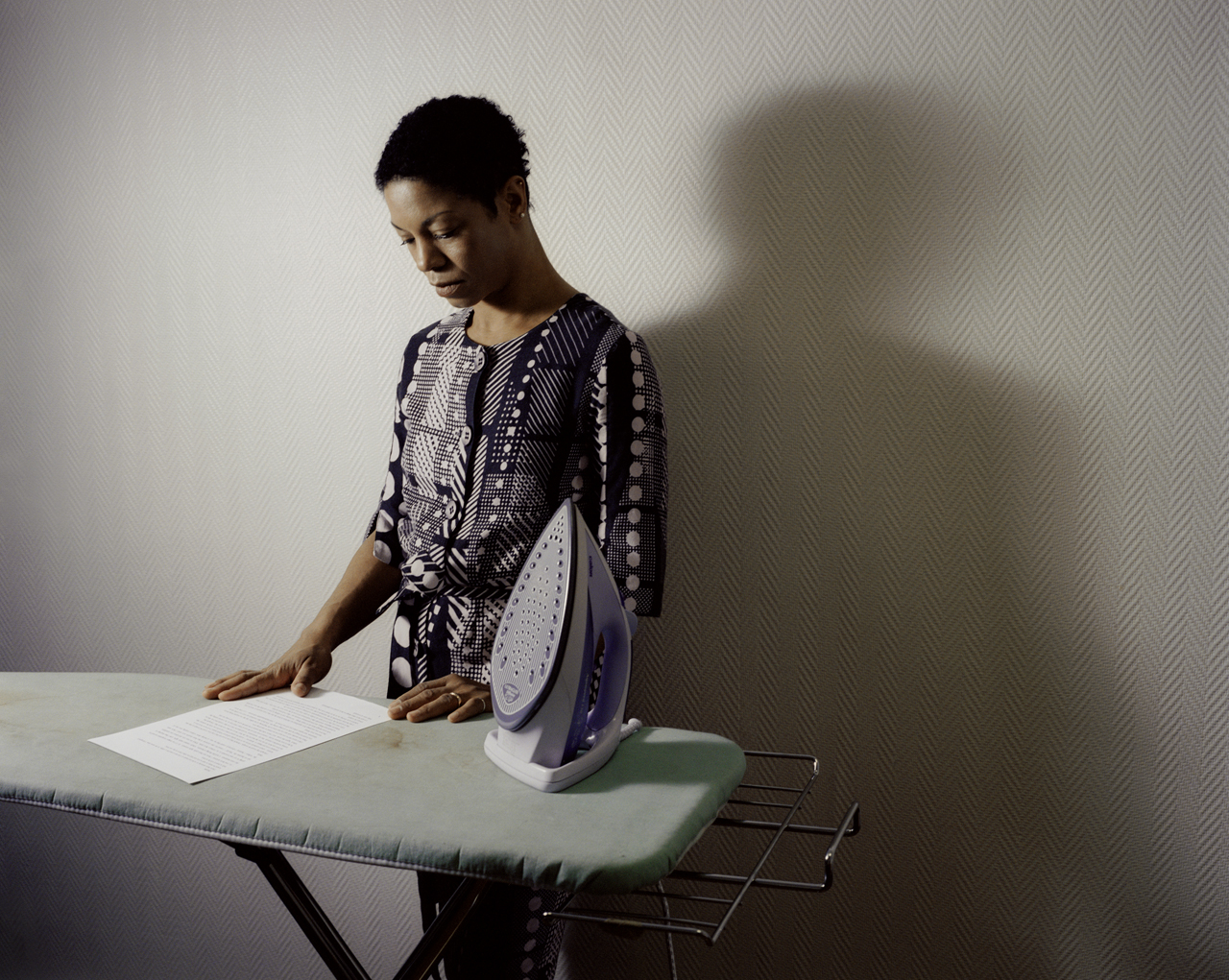
Foundation
This poetic and often touching project speaks to us all about our relation to the loved one
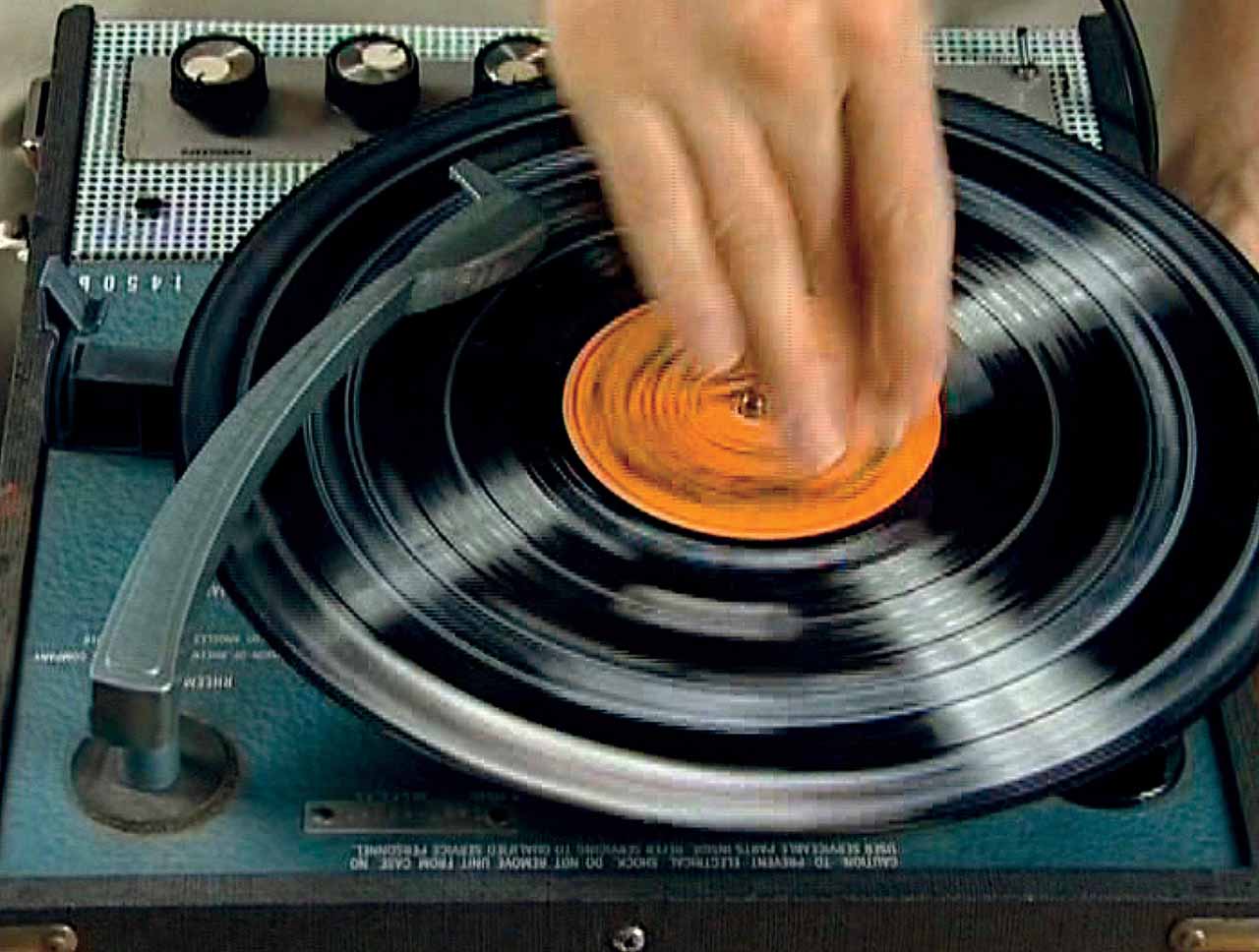
Foundation
DHC/ART Foundation for Contemporary Art is pleased to present the North American premiere of Christian Marclay’s Replay, a major exhibition gathering works in video by the internationally acclaimed artist
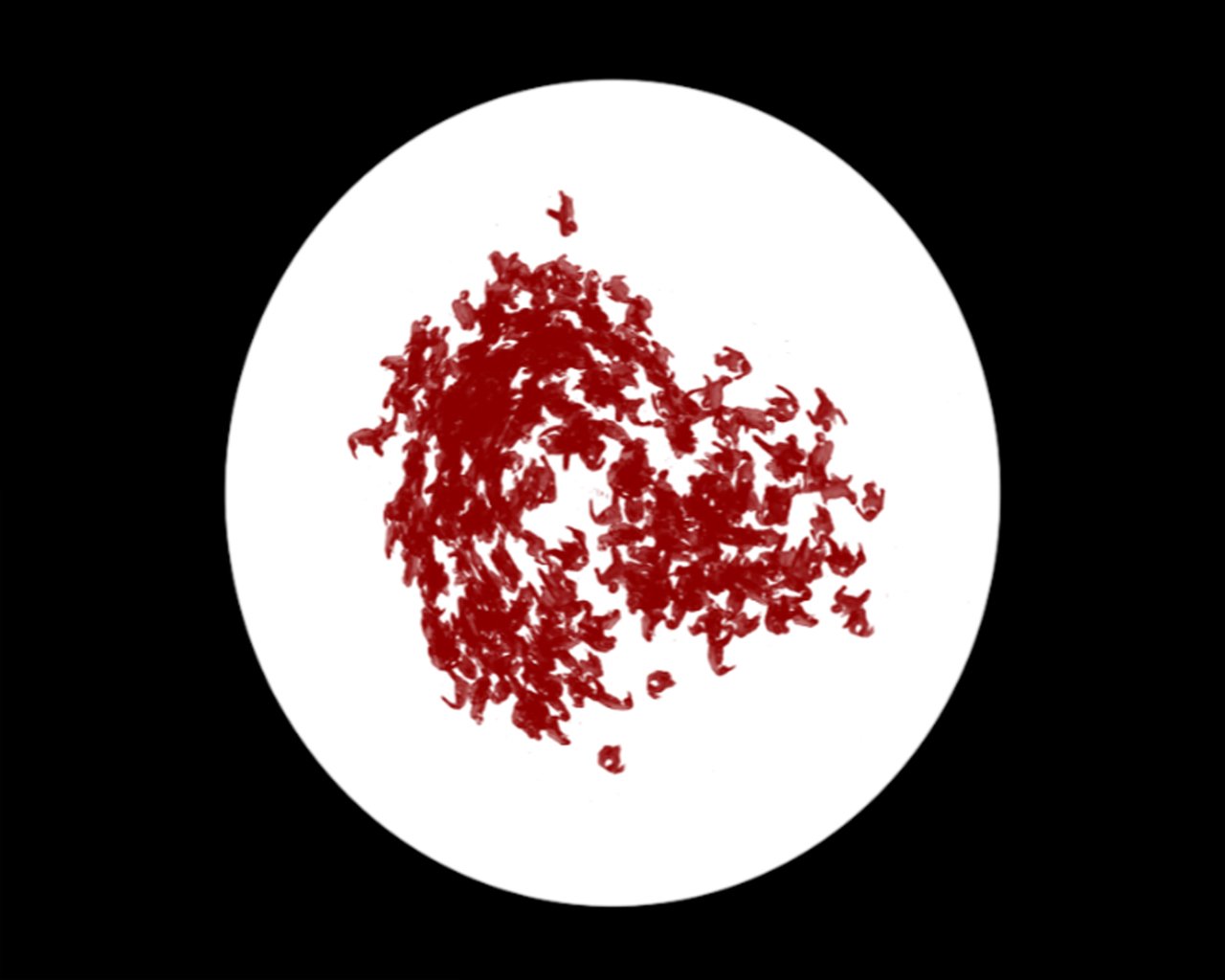
Foundation
DHC/ART is pleased to present Particles of Reality, the first solo exhibition in Canada of the celebrated Israeli artist Michal Rovner, who divides her time between New York City and a farm in Israel
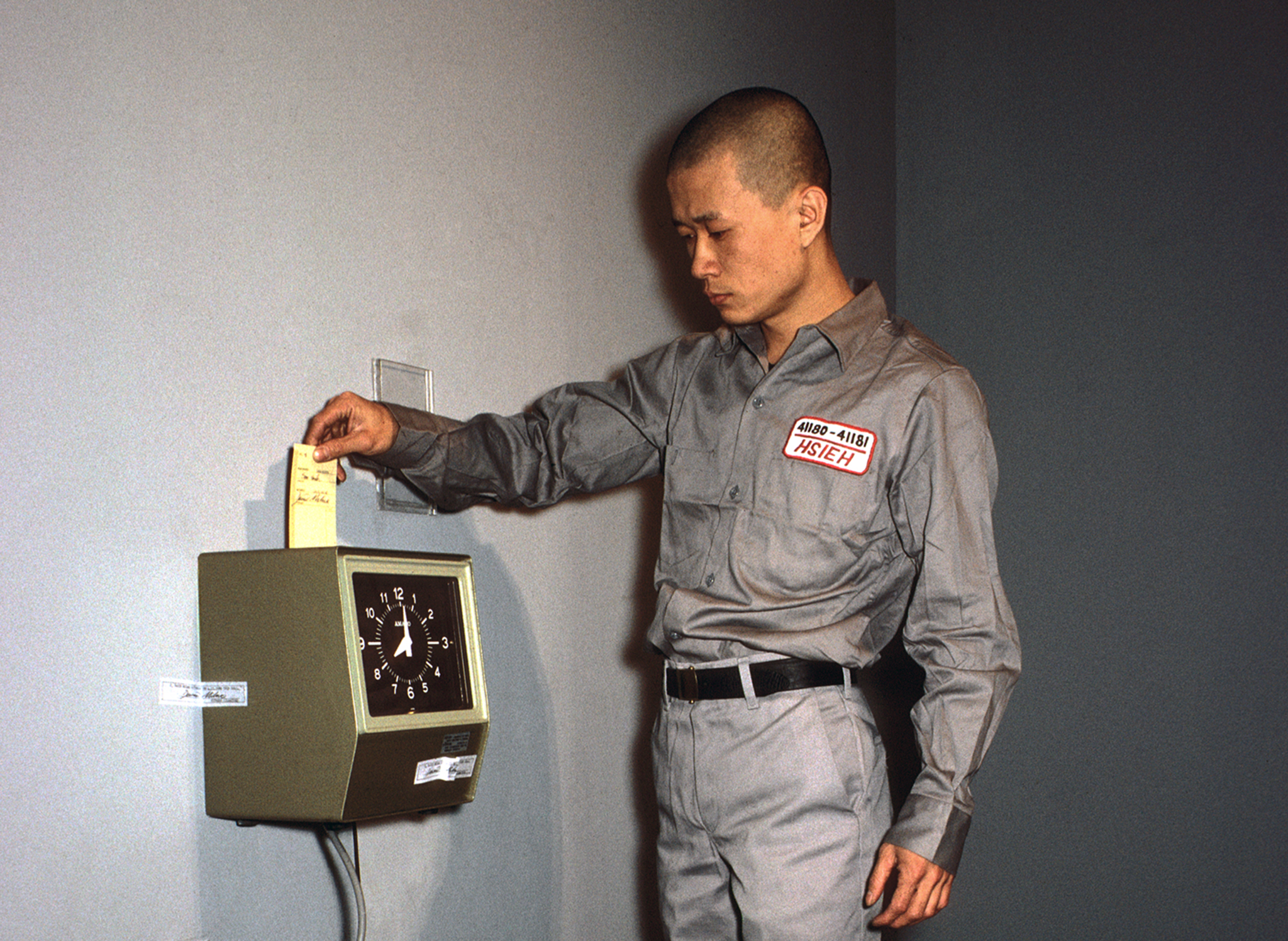
Foundation
The inaugural DHC Session exhibition, Living Time, brings together selected documentation of renowned Taiwanese-American performance artist Tehching Hsieh’s One Year Performances and the films of young Dutch artist, Guido van der Werve
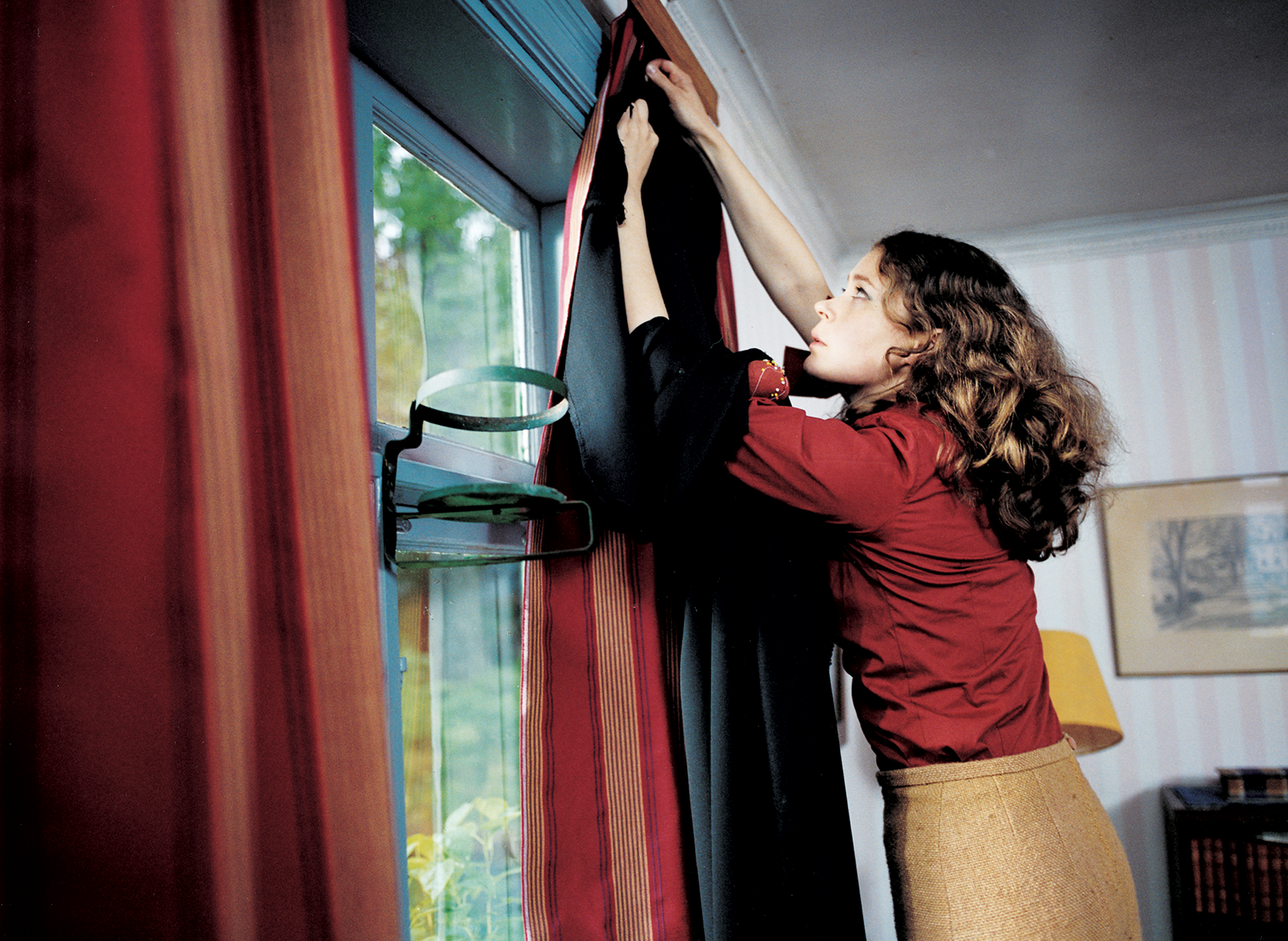
Foundation
Eija-Liisa Ahtila’s film installations experiment with narrative storytelling, creating extraordinary tales out of ordinary human experiences
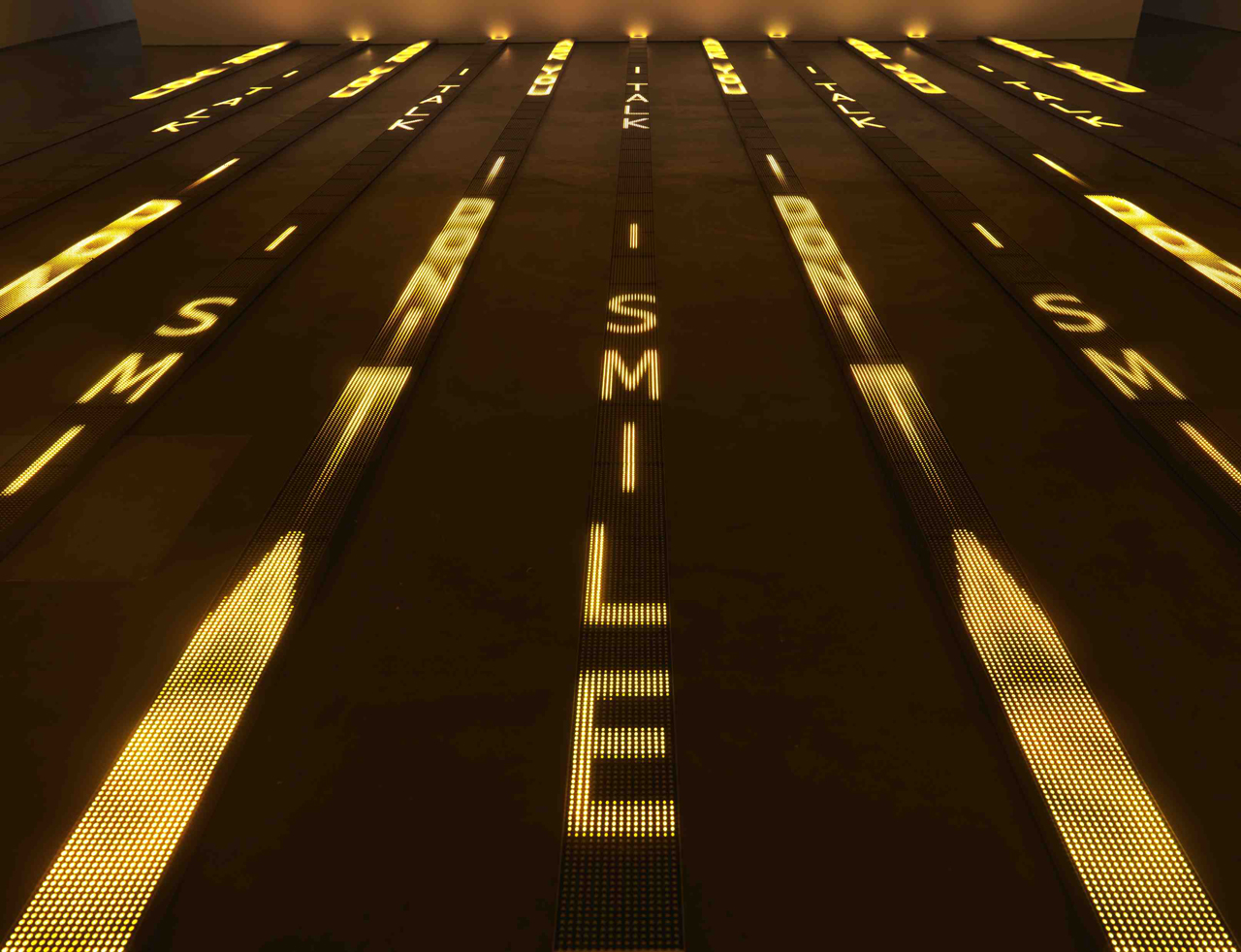
Foundation
For more than thirty years, Jenny Holzer’s work has paired text and installation to examine personal and social realities